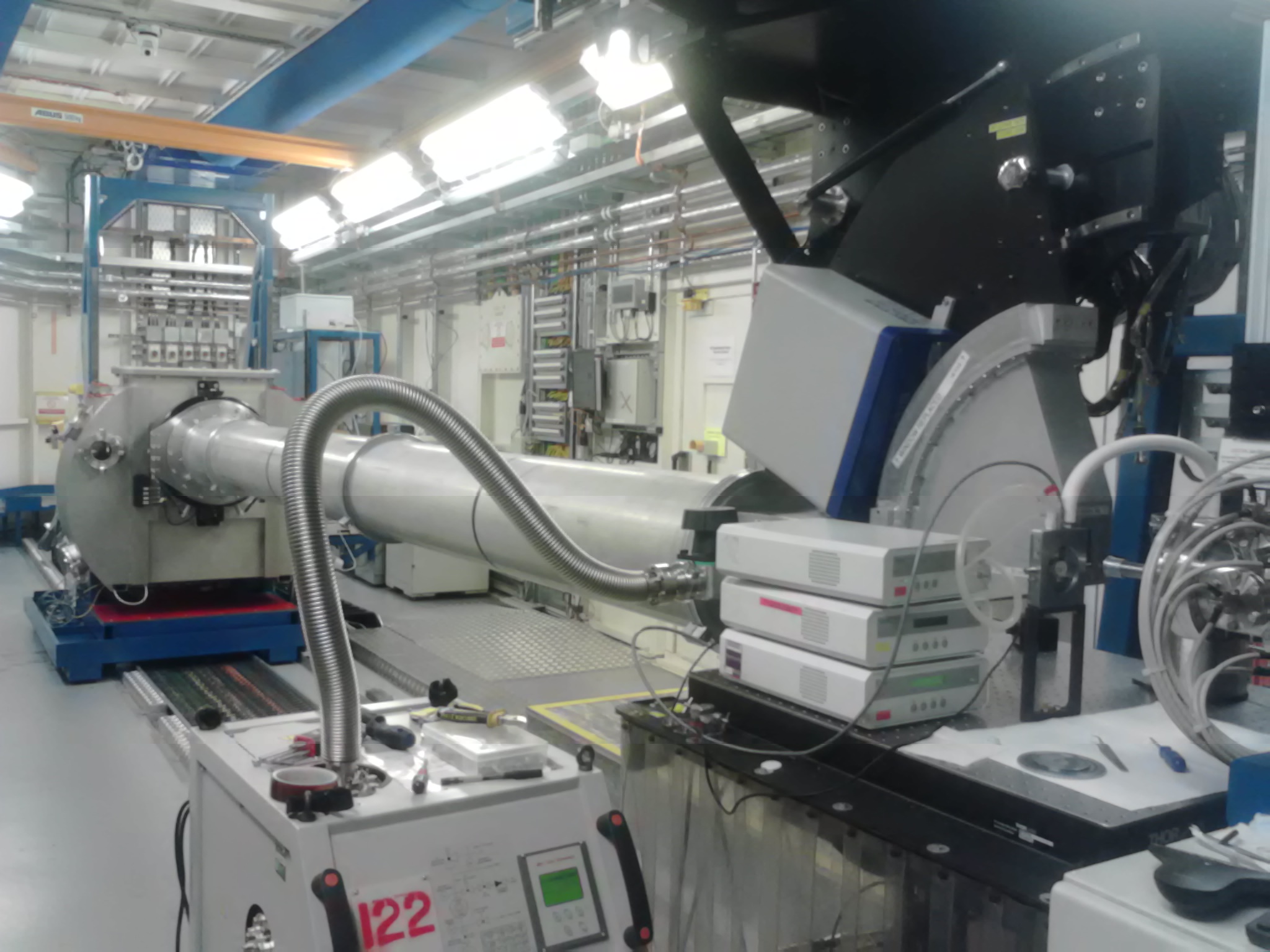For the first time ever a family of hydrogels has been created, with unique properties that allow them to be utilised in biological applications. The work, recently published in Polymer, could herald the introduction of a novel class of bio-inks or drug delivery vehicles.
Hydrogels are networks of cross-linked macromolecular chains that have a highly porous structure enabling them to become swollen with water. They are soft structures with often complex viscoelastic properties that can be fine-tuned by adapting their chemical components and their cross-linking density. In this manner, they can be adapted to sense and adjust to changes in their environment, such as temperature, pH, pressure, light, or even the presence of other chemicals.
A well-known family of hydrogels based on poly(ethylene oxide) (PEO) copolymers were combined with a mechanically robust polymer known as Nafion. The properties of the novel polymer complexes were revealed by a host of techniques, including Small Angle X-ray Scattering (SAXS) at the Small Angle Scattering and Diffraction beamline (I22) at Diamond Light Source. The addition of Nafion was shown to dramatically improve the mechanical properties of the hydrogels, making them a promising candidate for a variety of applications such as drug-release systems and 3D-bioprinting.

Figure 1: The SAXS setup on I22.
Injectable hydrogels
One of the most fascinating applications of hydrogels is in the field of drug-release. Hydrogels can be ingeniously tuned to change their phase from an injectable liquid into a gel within the body, which gradually dissolves to slowly release an entrapped drug. The benefits of this are wide-reaching for patients and healthcare professionals alike. Typically, injectable hydrogels are based on PEO copolymers as they are well characterised and have a defined phase transition to a gel at body temperature. However, these hydrogels have weak mechanical properties and release drugs rapidly.
To address the shortcomings of the current wave of injectables, a team of scientists from the University of Central Lancashire, combined them with a mechanically stable polymer known as Nafion. This polymer was discovered in the late 1960s and has a unique array of properties that have led to its use as a proton exchange membrane for fuel cells. Since its biocompatible and nontoxic nature has been recently revealed, Nafion has also been used for biomedical applications such as implant coatings and biosensors.
Mixtures of Nafion
The team prepared mixtures of Nafion with two different copolymers: E19P69E19 and B20E510 (where E was OCH2CH2, P was OCH2CH(CH3) and B was OCH2CH(C2H5)). Nafion bound extensively to the two copolymers as shown by a variety of techniques. As well as quartz crystal microbalance with dissipation monitoring (QCM-D), the hybrid hydrogels were subjected to dynamic light scattering, rheology, and SAXS. Dr Antonios Kelarakis, senior researcher at the University of Central Lancashire, and lead investigator of the study explained their approach: “We didn’t want to compromise the injectability of the polymers with the addition of Nafion, so once we knew the hybrid hydrogels had the strong mechanical properties we needed, we used SAXS to explore their structure“.
At I22, the hydrogel mixtures were mounted between mica windows in a liquid cell equipped with a water-bath for temperature control. Two-dimensional SAXS patterns were collected using a Pilatus P3-2M area detector and all patterns were corrected for the incident beam fluctuations as well as air and instrument scatter prior to conversion to one-dimensional profiles.
To find out more about the Small Angle Scattering and Diffraction beamline (I22), or to discuss potential applications, please contact Principal Beamline Scientist Prof Nick Terrill: [email protected]
Fernandes D et al. Novel hydrogels containing Nafion and poly(ethylene oxide) based block copolymers. Polymer (2017) 114, 73–78 DOI:10.1016/j.polymer.2017.02.094.
Diamond Light Source is the UK's national synchrotron science facility, located at the Harwell Science and Innovation Campus in Oxfordshire.
Copyright © 2022 Diamond Light Source
Diamond Light Source Ltd
Diamond House
Harwell Science & Innovation Campus
Didcot
Oxfordshire
OX11 0DE
Diamond Light Source® and the Diamond logo are registered trademarks of Diamond Light Source Ltd
Registered in England and Wales at Diamond House, Harwell Science and Innovation Campus, Didcot, Oxfordshire, OX11 0DE, United Kingdom. Company number: 4375679. VAT number: 287 461 957. Economic Operators Registration and Identification (EORI) number: GB287461957003.